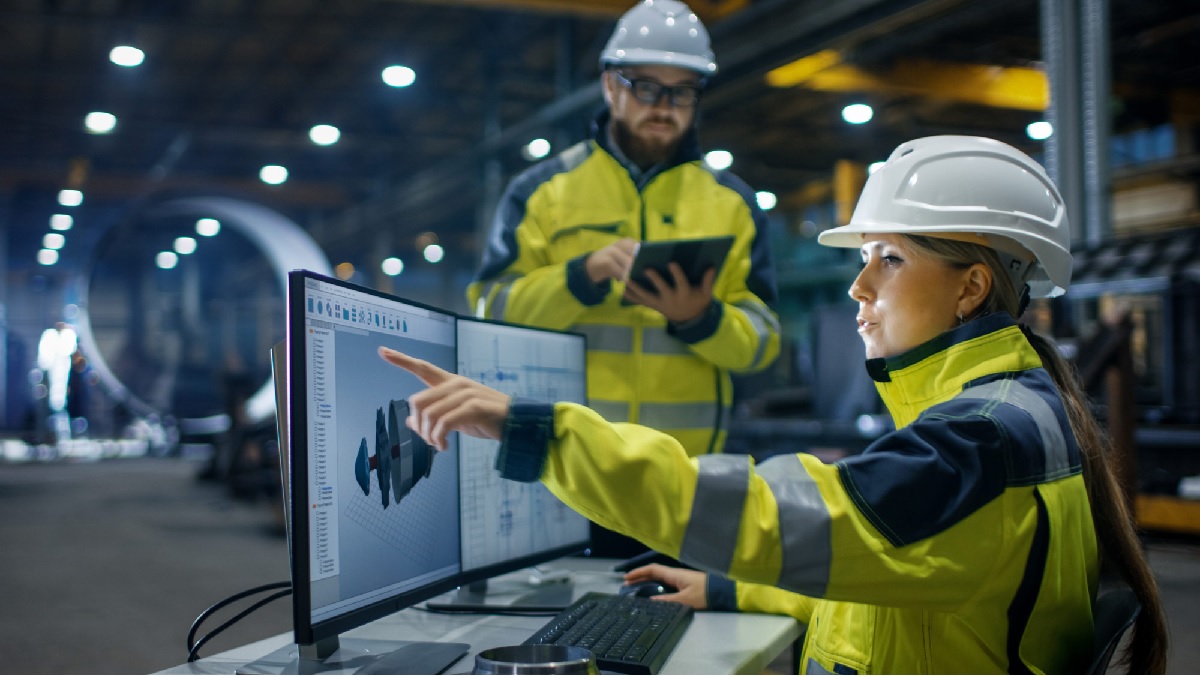In today’s rapidly evolving workplace, advanced technology plays a crucial role in ensuring the safety and well-being of employees. As industries adopt innovative solutions, they not only enhance productivity but also create safer work environments. With nonexempt (hourly, non-salaried) employees representing 58 percent of all U.S. workers, the need for effective safety measures is more pressing than ever. This article explores how technological advancements have transformed workplace safety across various sectors.
The Importance of Safety for Hourly Workers
Nonexempt employees make up a significant portion of the workforce, highlighting the need for robust safety protocols. These individuals often work in high-risk environments, from factories to construction sites, where safety hazards are prevalent. The integration of technology has been pivotal in addressing these risks. For instance, real-time monitoring systems equipped with wearables can track vital signs and environmental conditions, alerting workers and supervisors to potential hazards before they escalate.
Moreover, technology such as artificial intelligence (AI) and machine learning has enabled companies to analyze data related to workplace injuries and incidents. By identifying patterns and trends, organizations can implement preventative measures tailored to their specific work environments. This proactive approach not only safeguards employees but also fosters a culture of safety, ultimately leading to improved morale and productivity.
Demolition Workers: A High-Risk Group
The construction industry is notoriously hazardous, with demolition workers facing some of the highest risks. According to Zippia, there are more than 400,804 demolition workers in the U.S. who are often exposed to dangers like falling debris, hazardous materials, and equipment-related injuries. However, advancements in technology have begun to mitigate these risks significantly.
For instance, drones are increasingly utilized in demolition projects to survey sites before work begins. By providing aerial views, drones help identify structural weaknesses and potential hazards, allowing teams to plan their operations more safely. Additionally, remote-controlled machinery can perform dangerous tasks, such as dismantling structures or breaking apart materials, minimizing the need for workers to be in harm’s way.
Furthermore, augmented reality (AR) tools have been developed to enhance training for demolition workers. These technologies simulate real-world scenarios, allowing workers to practice safety protocols in a controlled environment. This immersive experience ensures that employees are well-prepared for the challenges they may face on-site, reducing the likelihood of accidents and injuries.
The Roofing Industry: A Case Study in Safety Technology
Roofing is another sector where safety is paramount. According to Adler Markoff, roofers are three times more likely to sustain an injury than other construction workers, underscoring the need for effective safety measures. In response, the industry has turned to advanced technology to protect its workforce.
For example, safety harnesses and fall protection systems have seen significant improvements, now often incorporating smart technology that monitors and alerts users to potential fall risks. These systems can detect if a worker has fallen and automatically alert emergency services, ensuring a rapid response.
Additionally, wearable technology, such as smart helmets, is becoming commonplace on roofing sites. These devices not only provide protection but also feature integrated communication tools that allow for constant contact between workers and supervisors. In case of emergencies, this technology ensures that help can be dispatched quickly, minimizing the impact of any accidents.
Conclusion
As the workplace continues to evolve, the integration of advanced technology is proving to be a game-changer in employee safety. By leveraging technology to enhance safety measures, organizations not only comply with regulations but also demonstrate a commitment to their employees’ well-being. As we look to the future, continued investment in safety technology will be essential in ensuring that workers can perform their jobs without compromising their health and safety.
